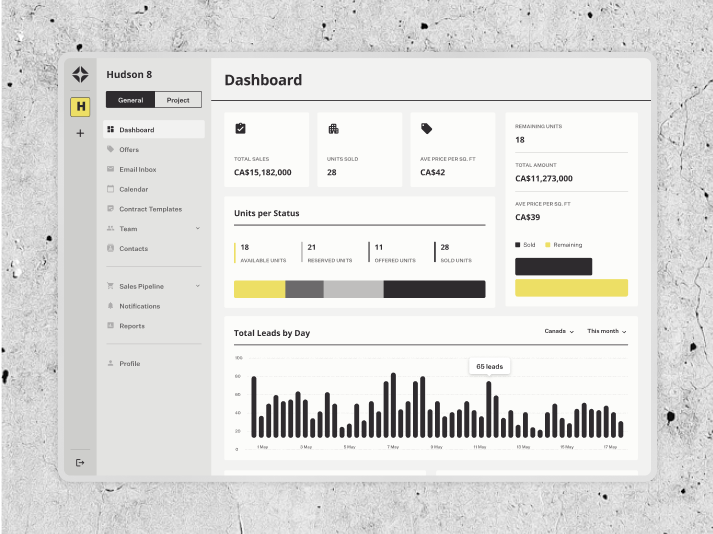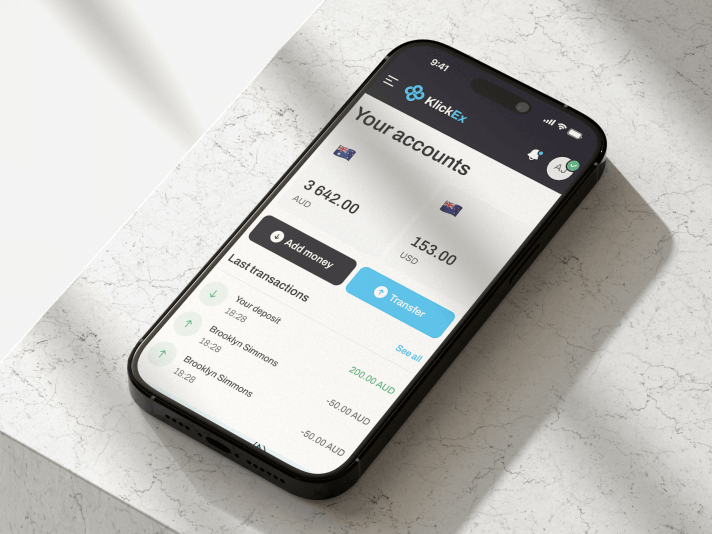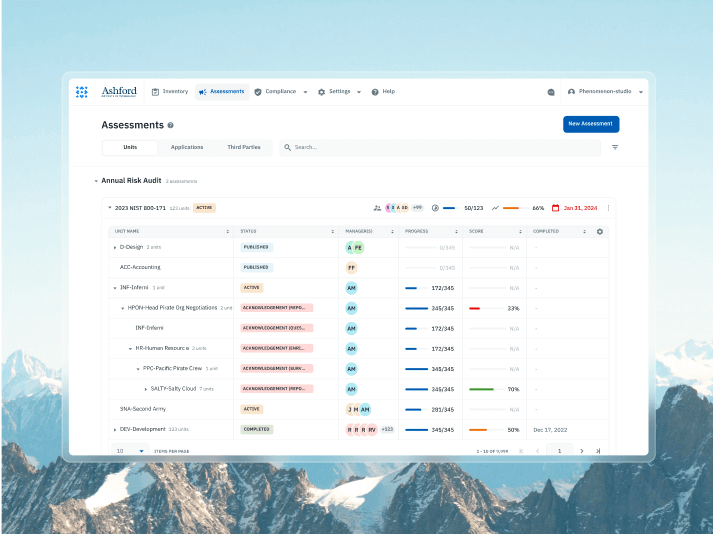phenomenon studio IN NUMBERS
Tailored Web app Solutions for Your Business
01
SaaS
Scalable applications thoughtfully designed to enhance user engagement, streamline and optimize workflows, and effectively support subscription-based business models.
02
EdTech
Interactive learning platforms with student dashboards, virtual classrooms, and AI-powered personalization for better educational experiences.
03
Web3 & Blockchain
Decentralized applications (dApps) featuring secure transactions, transparent smart contracts, and intuitive user interfaces for blockchain-based projects.
04
FinTech
Financial solutions with seamless transactions, AI-driven analytics, and compliance-ready UI/UX to improve trust and efficiency.
05
Real Estate
Intuitive property listing platforms with virtual tours, mortgage calculators, and CRM-integrated solutions for agents and buyers.
06
Logistics & Supply Chain
Web apps designed for real-time shipment tracking, automated inventory management, and predictive analytics for supply chain optimization.
Benefits of a Professionally Designed Web app

User-centric approach
We put your users at the heart of the design process. By conducting in-depth research, usability testing, and data-driven decision-making, we craft intuitive web apps that enhance user experience and drive conversions.

Seamless collaboration & transparency
We integrate smoothly with your team, offering real-time updates, direct communication channels, and a collaborative workflow. This ensures you’re involved in every step, with full transparency and control over the process.

Design with development in mind
Our designs are not just visually stunning—they are built for seamless implementation. We create scalable, development-ready designs that follow UX best practices, ensuring smooth integration, faster development cycles, and reduced rework.

Mid-level and senior experts
Our team consists of seasoned web designers with 7+ years of experience, specializing in your industry. This expertise ensures your web app is strategically designed to meet both business goals and user expectations.

Proven trust and high satisfaction
We prioritize long-term relationships and client satisfaction. With a 98% satisfaction rate, our commitment to quality, reliability, and results-driven design has made us a trusted partner for businesses worldwide.

#UX audit #Product redesign #web development

Izek Lal
Country managerWe have seen a significant improvement in terms of mobile friendliness and the general flow of the system. I believe this has contributed significantly to the growth of our business. Many thanks, Phenomenon.














 Canada
Canada
 New Zealand
New Zealand
 Texas, USA
Texas, USA











